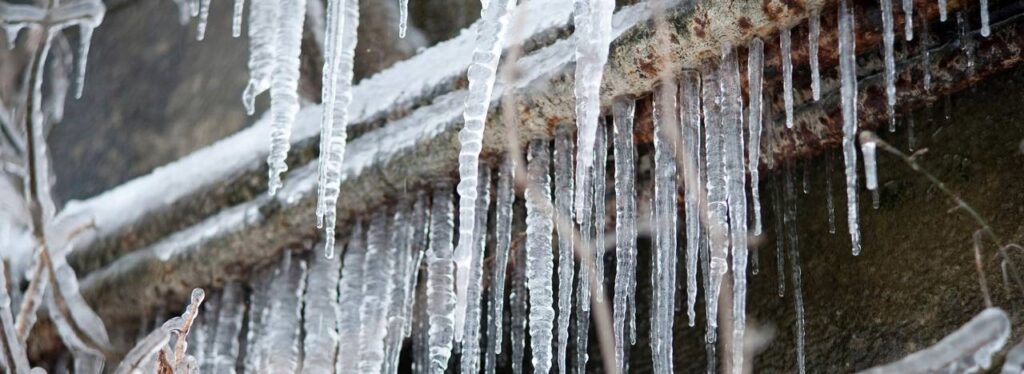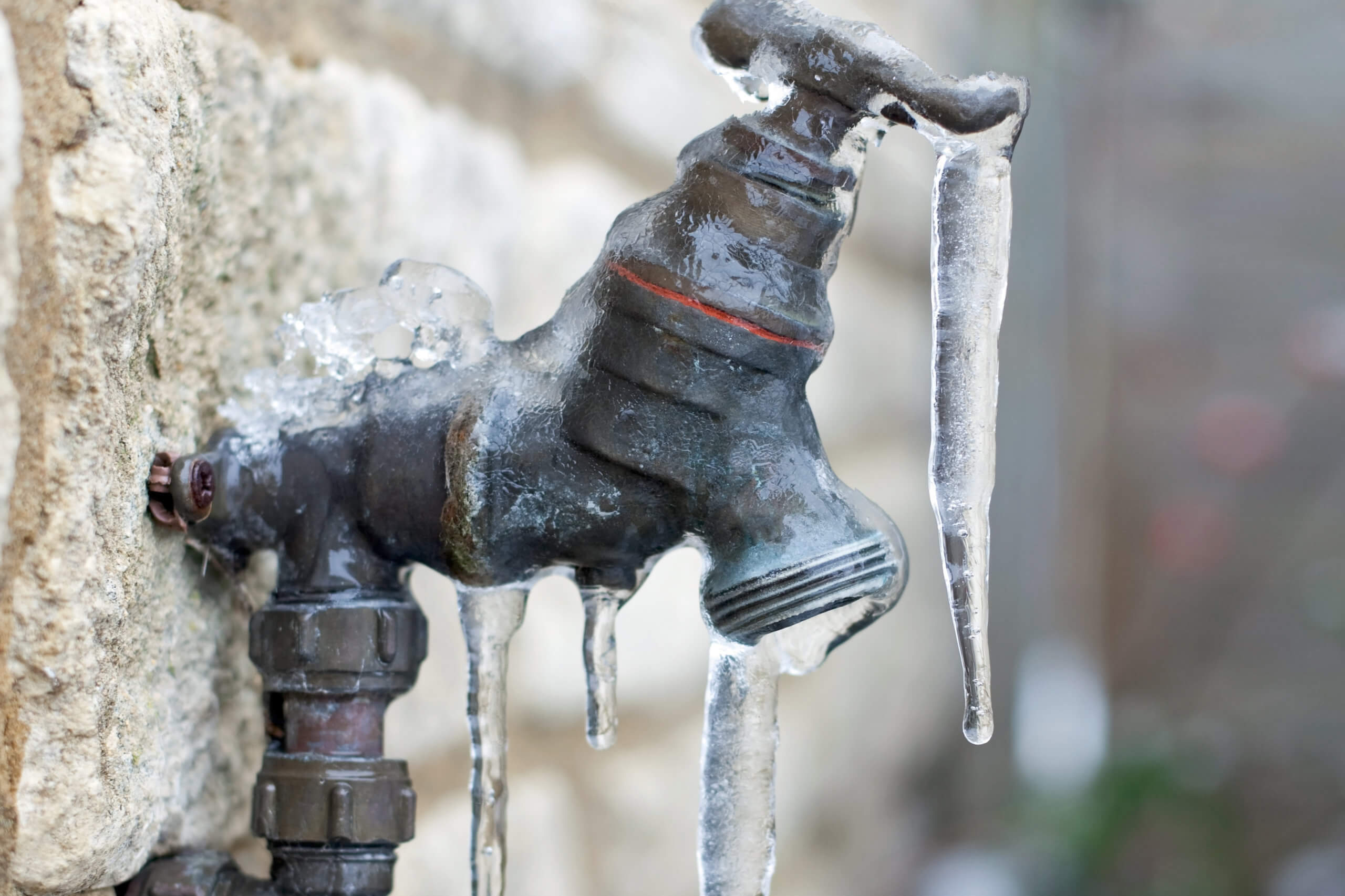Preventing Pipes from Freezing: Best Methods
Preventing Pipes from Freezing: Best Methods
Blog Article
Listed here on the next paragraphs you can locate lots of helpful expertise regarding How to Prevent Your Pipes From Freezing.

Winter can ruin your plumbing, specifically by freezing pipes. Below's just how to stop it from taking place and what to do if it does.
Intro
As temperatures decrease, the danger of frozen pipelines increases, potentially causing costly repair work and water damage. Comprehending how to stop frozen pipes is vital for property owners in chilly environments.
Avoidance Tips
Insulating at risk pipes
Wrap pipelines in insulation sleeves or make use of warmth tape to safeguard them from freezing temperatures. Focus on pipelines in unheated or exterior locations of the home.
Heating techniques
Keep indoor rooms sufficiently heated up, especially areas with pipes. Open closet doors to enable warm air to distribute around pipelines under sinks.
Just how to identify icy pipes
Try to find reduced water circulation from taps, unusual smells or noises from pipes, and noticeable frost on exposed pipes.
Long-Term Solutions
Architectural changes
Think about rerouting pipes away from exterior wall surfaces or unheated locations. Add added insulation to attics, cellars, and crawl spaces.
Updating insulation
Buy high-quality insulation for pipelines, attic rooms, and wall surfaces. Correct insulation assists preserve regular temperatures and minimizes the threat of icy pipes.
Securing Outdoor Plumbing
Yard tubes and outside taps
Detach and drain pipes garden tubes prior to winter season. Install frost-proof faucets or cover outside taps with insulated caps.
Recognizing Frozen Pipelines
What creates pipes to freeze?
Pipes freeze when subjected to temperatures below 32 ° F (0 ° C) for extended durations. As water inside the pipes ices up, it broadens, taxing the pipe wall surfaces and potentially creating them to break.
Dangers and damages
Frozen pipes can lead to water system interruptions, residential property damages, and expensive repairs. Ruptured pipes can flooding homes and cause comprehensive architectural damage.
Indications of Frozen Piping
Determining icy pipes early can avoid them from breaking.
What to Do If Your Pipelines Freeze
Immediate actions to take
If you presume icy pipes, keep faucets open up to ease stress as the ice melts. Utilize a hairdryer or towels soaked in hot water to thaw pipes gradually.
Final thought
Preventing frozen pipes requires proactive procedures and quick reactions. By recognizing the causes, indications, and preventive measures, home owners can secure their plumbing throughout cold weather.
5 Ways to Prevent Frozen Pipes
Drain Outdoor Faucets and Disconnect Hoses
First, close the shut-off valve that controls the flow of water in the pipe to your outdoor faucet. Then, head outside to disconnect and drain your hose and open the outdoor faucet to allow the water to completely drain out of the line. Turn off the faucet when done. Finally, head back to the shut-off valve and drain the remaining water inside the pipe into a bucket or container. Additionally, if you have a home irrigation system, you should consider hiring an expert to clear the system of water each year.
Insulate Pipes
One of the best and most cost-effective methods for preventing frozen water pipes is to wrap your pipes with insulation. This is especially important for areas in your home that aren’t exposed to heat, such as an attic. We suggest using foam sleeves, which can typically be found at your local hardware store.
Keep Heat Running at 65
Your pipes are located inside your walls, and the temperature there is much colder than the rest of the house. To prevent your pipes from freezing, The Insurance Information Institute suggests that you keep your home heated to at least 65 degrees, even when traveling. You may want to invest in smart devices that can keep an eye on the temperature in your home while you’re away.
Leave Water Dripping
Moving water — even a small trickle — can prevent ice from forming inside your pipes. When freezing temps are imminent, start a drip of water from all faucets that serve exposed pipes. Leaving a few faucets running will also help relieve pressure inside the pipes and help prevent a rupture if the water inside freezes.
Open Cupboard Doors
Warm your kitchen and bathroom pipes by opening cupboards and vanities. You should also leave your interior doors ajar to help warm air circulate evenly throughout your home.

I discovered that content about Winter Plumbing Precautions: Preventing Frozen Pipes when browsing on the internet. Loved our post? Please share it. Let somebody else discover it. Thanks a bunch for your time. Don't hesitate to check our blog back soon.
Prices & Booking Report this page